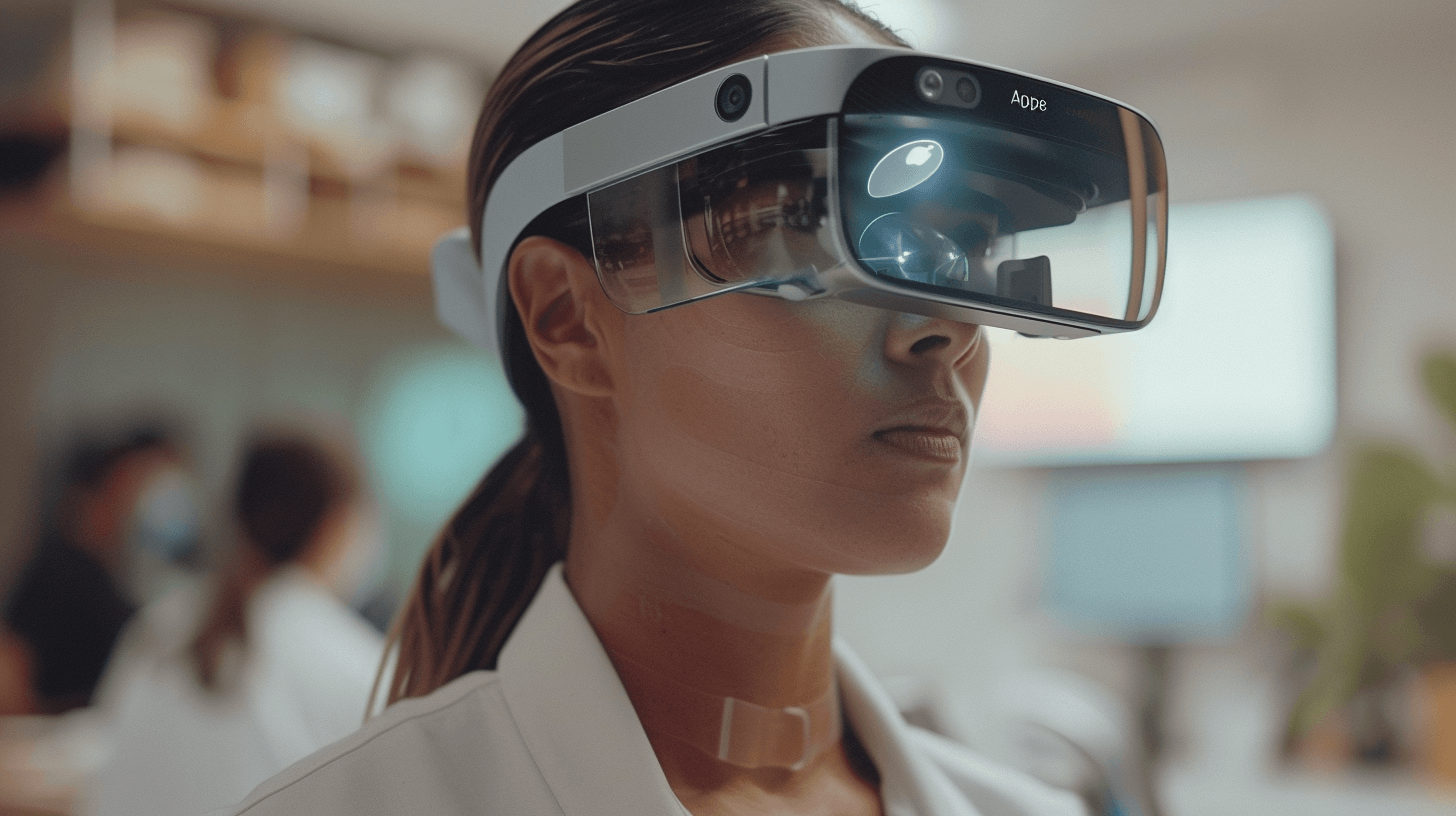🔬🧠 Latah You Healthy, But Get Alzheimer’s? New Test Might Change Da Game 🧪🤔
⬇️ Pidgin | ⬇️ ⬇️ English
You know how usually, if get somebody worrying they might get Alzheimer’s, da whole process for find out stay long, yeah? Gotta talk story with da doctor ’bout medical history, symptoms, maybe take some tests that make you remember words or look at pictures.
Den maybe gotta go through one PET scan, one M.R.I., or even one spinal tap. Dey checking for two kine proteins in da brain, amyloid plaques and tau tangles, both linked to Alzheimer’s.
But, brah, all dat could change big time if dis new kine criteria da Alzheimer’s Association working group stay proposing catch on.
Dey looking to make da diagnosis process mo’ simple, maybe just need one blood test for show if get amyloid in da brain. Dis kine test already available in some places, you know?
“Anybody with da biomarker evidence of amyloid in da brain get da disease, symptoms or not,” Dr. Clifford R. Jack Jr. from da Mayo Clinic say. He stay leading da group talking ’bout dis.
Da science solid, he say. Da amyloid and tau, dey start building up long before any symptoms show up. 💡📚
But, dey not suggesting for test people who no get any kind of memory loss or thinking problems. However, some folks tink dat’s exactly what going happen. If so, plenny people might test positive for amyloid and den get diagnosed with Alzheimer’s.
Dis one study from da Dutch in 2015 wen estimate dat more than 10 percent of peeps in their 50s who tink clear could test positive, and da numbers only go up as you get older. But most of dem, dey no go ever develop da actual dementia. 🤷♂️
Still, get plenty people who no too sure ’bout just using biomarkers for say someone get Alzheimer’s. Da American Geriatrics Society even call da new criteria “too soon” and point out da high number of panel members who get ties to da drug and biotech industries. Could be conflicts of interest, yeah?
Dr. Eric Widera from da University of California, San Francisco, say dis is like jumping ahead five or ten years too early.
Dis panel been working on updating da guidelines ’cause couple big tings happened. First, da amyloid blood tests stay proving to be pretty accurate, way easier than spinal taps and cheaper than brain scans. Den, get couple drugs dat been approved for take away amyloid from da brain, though get plenny talk story ’bout dem.
Da real question: Is it pono for diagnose healthy people with one cannot-fix disease based on one blood test for amyloid? Some doctors already getting asked dis kine question.
Diagnosing Alzheimer’s before any signs show up could mean maybe can stop da memory loss and other issues from ever happening if get treatments developed. We already diagnose diabetes and cancer like dis in people who no show symptoms.
But, hard for say how many people with amyloid (and likely tau too) go actually end up with dementia. Depends, Dr. Jack say.
He stay part of one study tracking nearly 5,000 peeps over age 65 for ’bout 9.4 years, finding high dementia rates in those with da APOE4 gene, linked to higher Alzheimer’s risk.
But only 15 to 25 percent of folks carry dat gene. Without it, da risk lower, but still dea.
“Cause people get old, many goin’ pass away before they ever show signs of dementia,” Dr. Jack explain.
Dr. Jason Karlawish think amyloid more like one risk factor, same way smoking link to cancer. But he not convinced amyloid alone means you get Alzheimer’s.
Big studies going on right now might give more answers by 2027 and 2029, showing if taking away amyloid can stop or reverse cognitive decline in older peeps without symptoms.
Fo’ now, Dr. Karlawish tink da proposed guidelines not quite ready for da real world.
Da working group itself get about one third of da 22 members working for companies making drugs and diagnostics, and another third getting money from industry sources.
Dr. Widera worried dis change could lead to 40 million people without symptoms getting diagnosed with Alzheimer’s and maybe starting treatments without solid proof dey work for people who not showing signs yet.
“These drugs not easy,” he say. Get risks like brain bleeds and shrinking brain volume.
He also worried ’bout scaring people for no reason and da potential for discrimination in work and insurance.
Dr. Jack, who no get any conflicts of interest, stand by his group’s work. He say dey all about what’s best for da patients, not about making money.
But history show even small kine industry connections can influence doctors’ decisions and research outcomes.
Patient advocacy groups, like da Alzheimer’s Association, also get industry ties.
Sometimes, changing how we define diseases or updating guidelines means making more people fit da criteria for having one disease, like what happened with high blood pressure and cholesterol levels over time.
With dis amyloid test, Dr. Widera tink we might see one “new pandemic of Alzheimer’s disease” and push for early detection.
Some patients might even want dis info, Dr. Gil Rabinovici say, hoping for make changes that could protect dem even if dey find out get amyloid in their brain.
He personally wouldn’t choose to know, and he no go prescribe amyloid drugs without more proof dey work in symptom-free peeps.
But, he say, da time when doctors decide everything for their patients is pau. With good counseling, if he sure he no go cause harm and da patient understands, he open to giving da test.
NOW IN ENGLISH
🔬🧠 Seemingly Healthy but Diagnosed with Alzheimer’s? A New Blood Test Could Change Everything 🧪🤔
Typically, diagnosing Alzheimer’s disease involves a lengthy process. A doctor assesses the patient’s medical history, discusses symptoms, and conducts cognitive tests both verbal and visual.
Patients might also undergo PET scans, M.R.I.s, or spinal taps, all aimed at detecting the presence of two proteins in the brain associated with Alzheimer’s: amyloid plaques and tau tangles.
However, this entire diagnostic landscape could undergo a radical transformation if new criteria proposed by an Alzheimer’s Association working group gain widespread acceptance.
Their final recommendations, expected to be released later this year, suggest a shift towards defining Alzheimer’s disease purely on a biological basis — through biomarkers, indicators in the body that signal disease presence. 📊🔎
The draft guidelines, titled “Revised Criteria for Diagnosis and Staging of Alzheimer’s Disease,” advocate for a simplified approach, potentially using a blood test to detect amyloid presence. Such tests are already being used in some clinics and doctors’ offices.
“Anyone who shows biomarker evidence of amyloid in their brain has the disease, symptomatic or not,” explains Dr. Clifford R. Jack Jr., the working group’s chair and an Alzheimer’s researcher at the Mayo Clinic.
“The pathology exists for years before symptoms appear,” he adds. “That’s the science. It’s irrefutable.” 🧬📝
The panel advises against testing individuals who show no cognitive decline symptoms. Nevertheless, concerns arise that widespread testing could lead to a large number of people being diagnosed with Alzheimer’s due to amyloid presence in their blood.
A study from the Netherlands in 2015 estimated that over 10% of cognitively normal individuals in their 50s would test positive for amyloid, with the percentage increasing with age. Yet, most of these individuals would never develop dementia.
Despite the push for a biomarker-centric diagnosis, some experts remain skeptical. The American Geriatrics Society has deemed the proposed criteria “premature,” highlighting the significant number of panel members with financial ties to the pharmaceutical and biotechnology industries, potentially leading to conflicts of interest.
“This is jumping the gun by at least five to 10 years,” says Dr. Eric Widera, a geriatrician at the University of California, San Francisco, expressing strong criticism in The Journal of the American Geriatrics Society.
The urgency to revise the diagnostic guidelines arises partly due to advancements in amyloid blood tests, which have proven highly accurate and are less invasive and cheaper than other diagnostic methods. Furthermore, the approval of drugs like aducanumab (Aduhelm) and lecanemab (Leqembi), which remove amyloid from the brain, has sparked intense debate. These drugs show a modest capability to slow symptom progression over 18 months in individuals with mild cognitive impairment or early-stage Alzheimer’s disease.
Is diagnosing asymptomatic individuals with an irreversible condition based solely on a blood test justifiable? Some physicians are already facing requests for such tests.
Diagnosing Alzheimer’s before symptoms arise could potentially enable future treatments to prevent the disease’s hallmark memory loss, diminished judgment, and eventual dependency. But it remains uncertain how many people with amyloid (and likely tau) deposits will progress to dementia.
“The answer, unfortunately, is it depends,” Dr. Jack states.
A study by the Mayo Clinic observed nearly 5,000 cognitively normal older adults over 9.4 years, finding high dementia rates among those carrying the APOE4 gene associated with Alzheimer’s risk.
Yet, with only 15 to 25 percent of the population carrying this gene, the risk among those without it is significantly lower.
“Because death rates are high in older individuals, many will die before developing dementia,” Dr. Jack notes.
Dr. Jason Karlawish views amyloid as a risk factor similar to smoking’s relationship with cancer. However, he believes the evidence linking amyloid alone to Alzheimer’s disease remains inconclusive.
Ongoing studies expected to conclude in 2027 and 2029 might offer more definitive answers if they demonstrate that amyloid removal prevents, arrests, or reverses cognitive decline.
Until then, the proposed guidelines “are just not ready for clinical practice,” according to Dr. Karlawish.
Approximately one-third of the working group’s 22 members are affiliated with companies developing Alzheimer’s drugs and diagnostics, raising concerns about potential biases.
“These are not benign drugs,” Dr. Widera adds, highlighting the risks of brain bleeds and reduced brain volume associated with amyloid-reducing medications. He also criticizes the lack of discussion on the harms of the new criteria, including causing unnecessary fear and potential discrimination.
Dr. Jack, who reports no conflicts of interest, defends the working group’s intentions, emphasizing their commitment to accurately reflecting current
science without considering commercial gains.
Yet, research shows even minor industry connections can influence medical decisions and study outcomes.
As diagnostic criteria evolve, often leading to “diagnosis creep,” the proposed shift to amyloid testing might herald a new era of Alzheimer’s disease, prompting early detection efforts and potentially patient-driven interest in their health futures.
Whether these changes will lead to better outcomes for patients and society remains to be seen.







